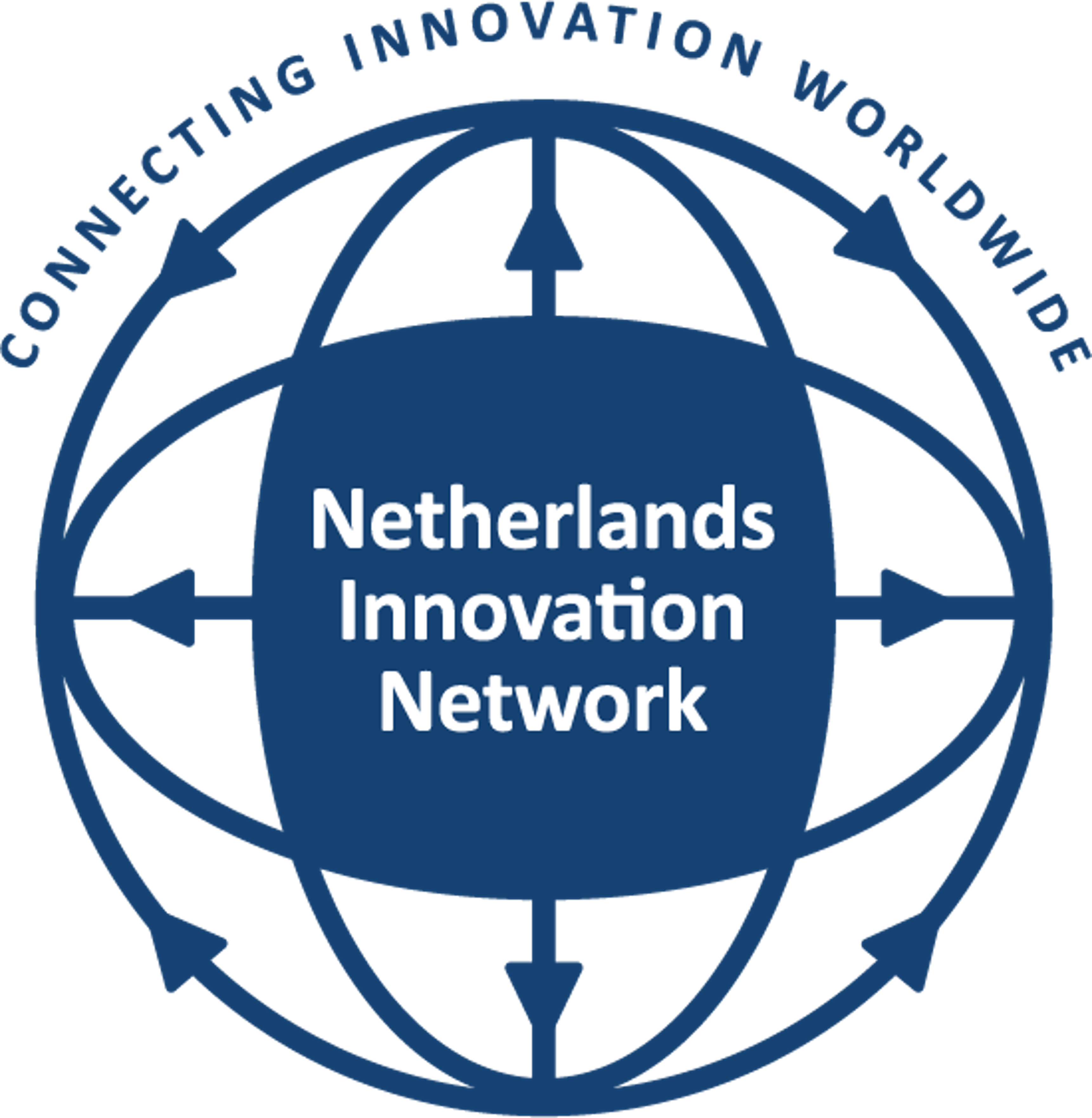The 2018-2021 Knowledge and Innovation Agenda, presented by the Ministry of Economic Affairs and Climate Policy outlines societal challenges and Key Enabling Technologies. Societal challenges cover the scope of health, climate, energy, and agri-food. There are ten clusters of KETs in total, ranging from nanotechnologies, advanced materials, technologies in life sciences and quantum. Each cluster has specific technologies which can be attributed to it. For example: chemical technologies involve separation technology, photonics and light technologies involve integrated photonics and quantum technologies involves quantum communication
The Netherlands Innovation Network in China has recognized the clustering of technologies and challenges. For our work, we quantitatively map out the chances to cooperate with China in fields of science, technology, and innovation. We focus on to what extent to collaborate with China, and what fields deserve attention. Our most recent mapping has focused on the field of nanomedicine.
Nanomedicine is the medical application of nanotechnology, its use can range from medical applications of nanomaterials to devices, biosensors, molecular nanotechnology, and biological machines. It is still a relatively new field and current problems for nanomedicine involve understanding the issues related to toxicity and environmental impact of nanoscale materials. There are several different possible uses of nanomedicine such as drug delivery, developing potential therapies, imaging, sensing and tissue engineering. Due to the relative novelty of the field, there are still many possibilities for the domain to evolve and further differentiate in the future.
Up to now, nanomedicine has not yet been featured prominently in either of China’s 13th or 14th five-year plan. It has only been mentioned once, in the Key Special Plan on Science and Technology of the 13th five-year plan.
Since the release of the 13th five-year plan in 2016, the number of publications in the field of nanomedicine by Chinese researchers has increased from less than 2,000 to more than 3,000 per year. Another positive development post-2016; while the amount of patent activity has been relatively tame, there is a clear increase of patent applications per year starting 2016. For the first time, there were more than 20 new patent family applications per year in Chinese jurisdictions.
However, the increase of the number of publications since 2016 has not been met with an improvement of the research’s citation score. A citation in another paper is a sign that the original paper was useful. The (normalized) citation score is a sign that the research you/your university/your country affiliation has produced is more useful relative to the world average in that field at that specific time. Citation scores take time to build up and can only be calculated for publications older than 3 years. The (normalized) citation score for research published in China in 2016/2017/2018 was like its citation score in 2011 and only slightly above the world average. The Netherlands has slightly outranked China in its citation score each year in the domain of nanomedicine. However, citation scores take time to develop and an increase in the number of publications and central government focus on this domain could therefore still need time to take shape.
The Key Special Plan on S&T released in the third quarter of 2021 will shed more light on the ambitions of the Chinese central government in the coming five years.
Would you like to know more? Please reach out to: [email protected]

